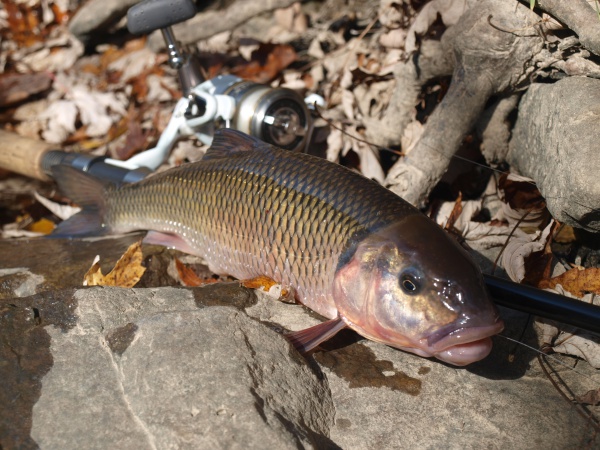Facts About Fallfish
The fallfish, a freshwater species native to North America, belongs to the chub family, Cyprinidae. It holds the distinction of being the largest minnow species in Eastern North America. Typically, fallfish measure around 5 inches in length, but some can grow up to 15 inches, with a few exceptional individuals exceeding 19 inches. Juvenile fallfish are identifiable by a dark stripe along their bodies, while breeding males develop a pinkish hue around their gills. During the spawning season, fallfish construct stone nests known as redds, with both males and females participating in the building process.
Fallfish inhabit the northeastern United States and eastern Canada, flourishing in clear streams, lakes, and ponds. They favor habitats with swift currents and well-oxygenated pools. Before the introduction of species such as smallmouth bass and brown trout, fallfish were the apex predators in many streams.
As fallfish mature, their diet changes. Juveniles primarily consume chironomids and zooplankton, while adults prey on small fish, fish eggs, and terrestrial insects. This dietary shift results in minimal overlap between the feeding habits of young and adult fallfish. Anglers often catch fallfish while targeting other species, but their impressive size, tenacity, and willingness to bite make them a popular game fish. They readily respond to bait, lures, and flies, sometimes even pursuing lures nearly as large as themselves.
The International Game Fish Association (IGFA) All-Tackle World Record for fallfish is a specimen weighing 3 pounds 9 ounces, caught in the Susquehanna River near Owego, New York, in April 2009. Previous records have been set in New Hampshire and Pennsylvania.

 United States
United States